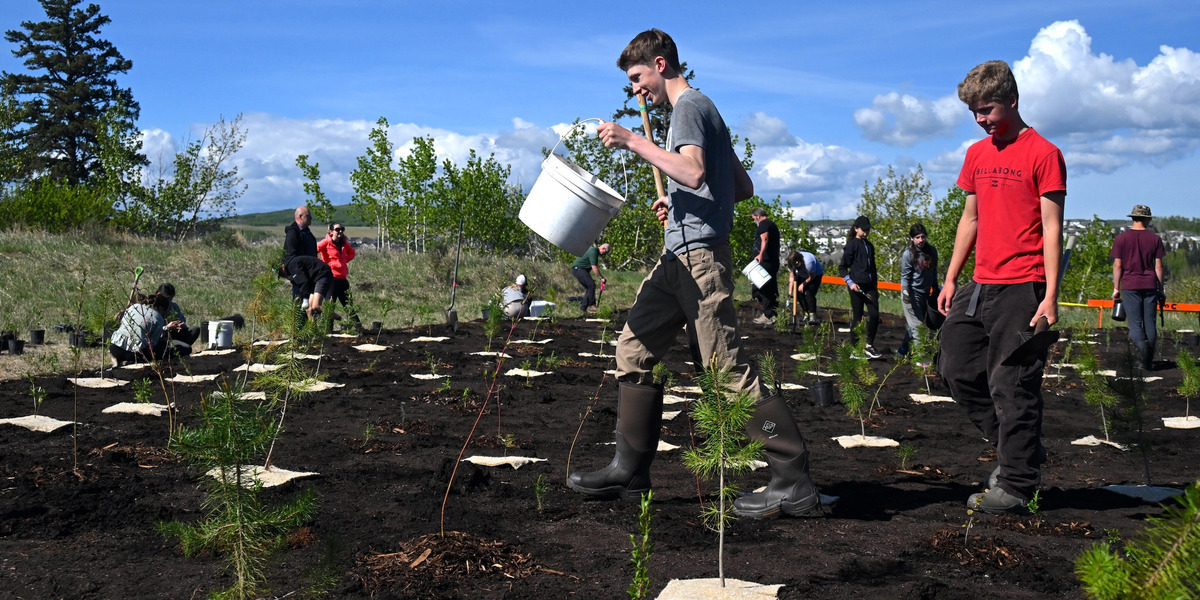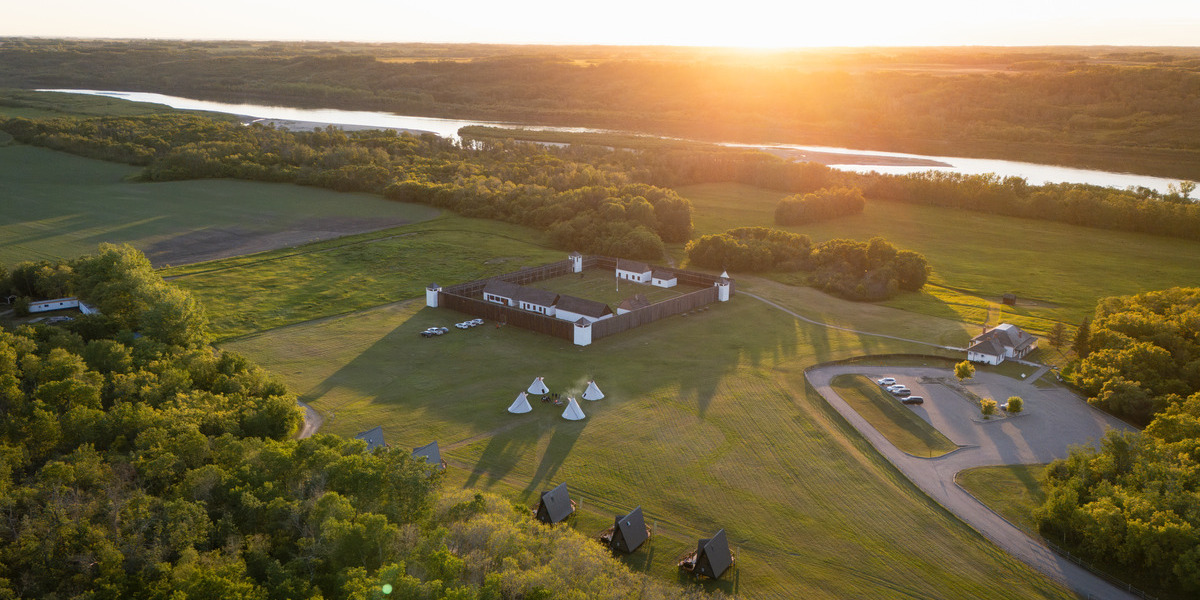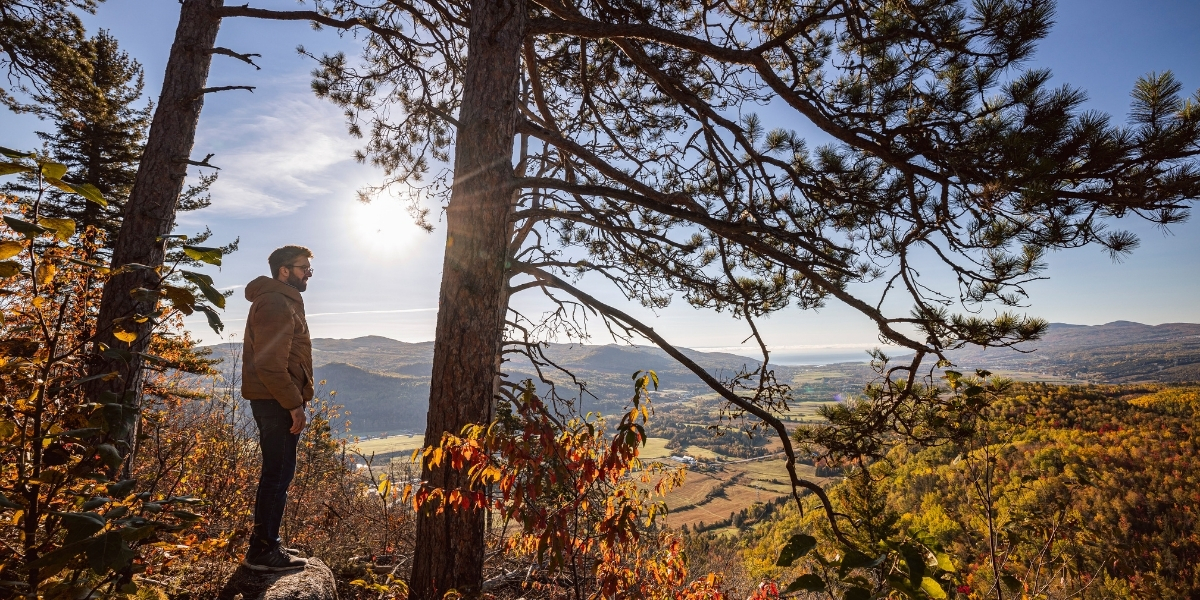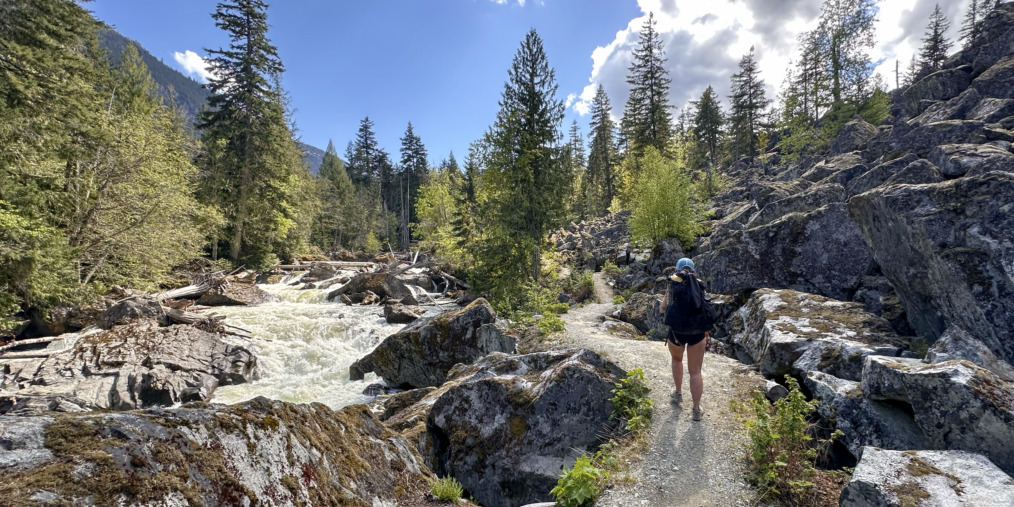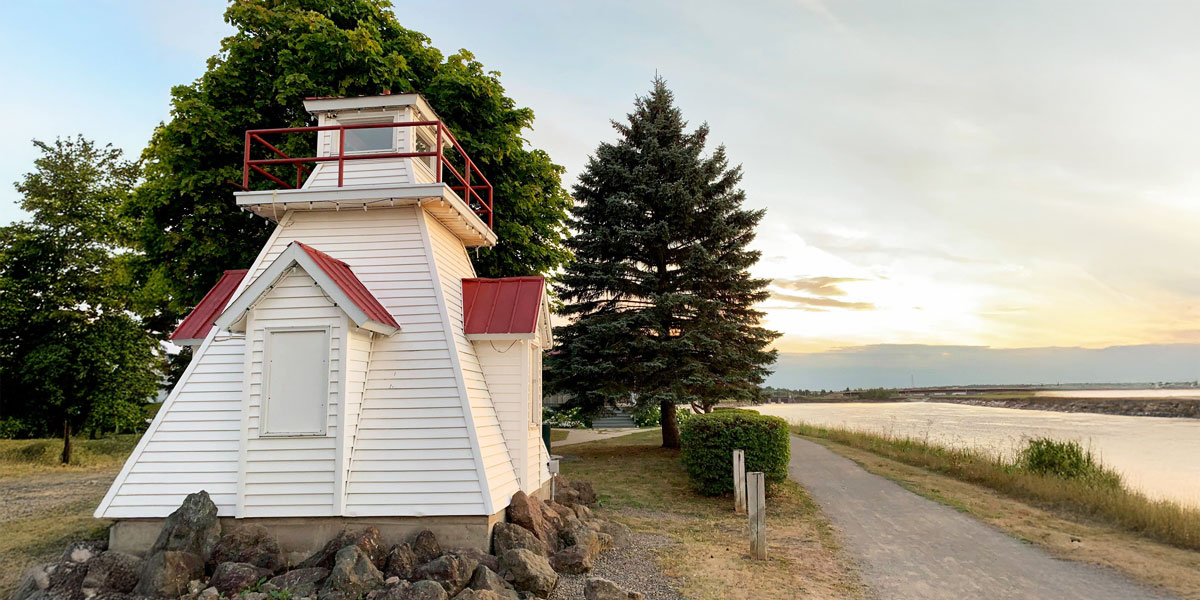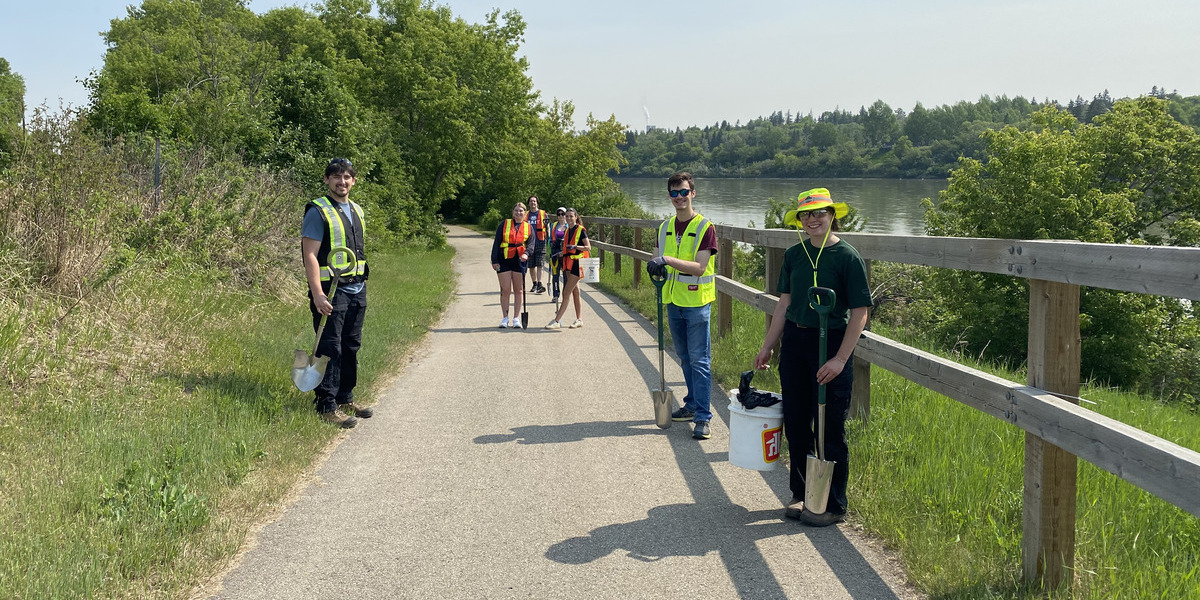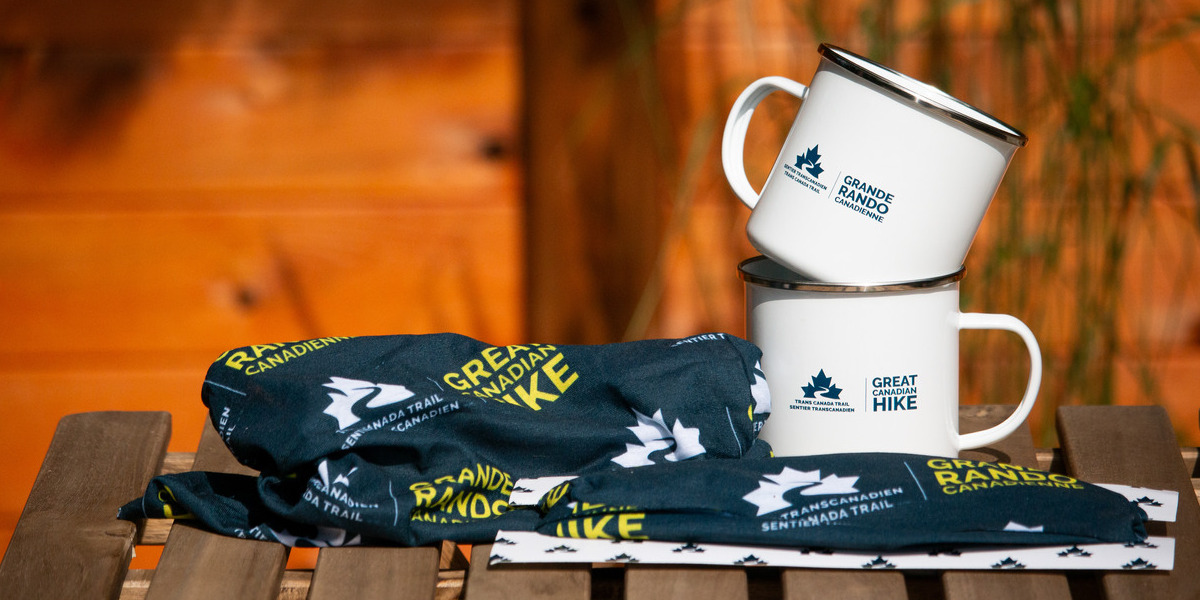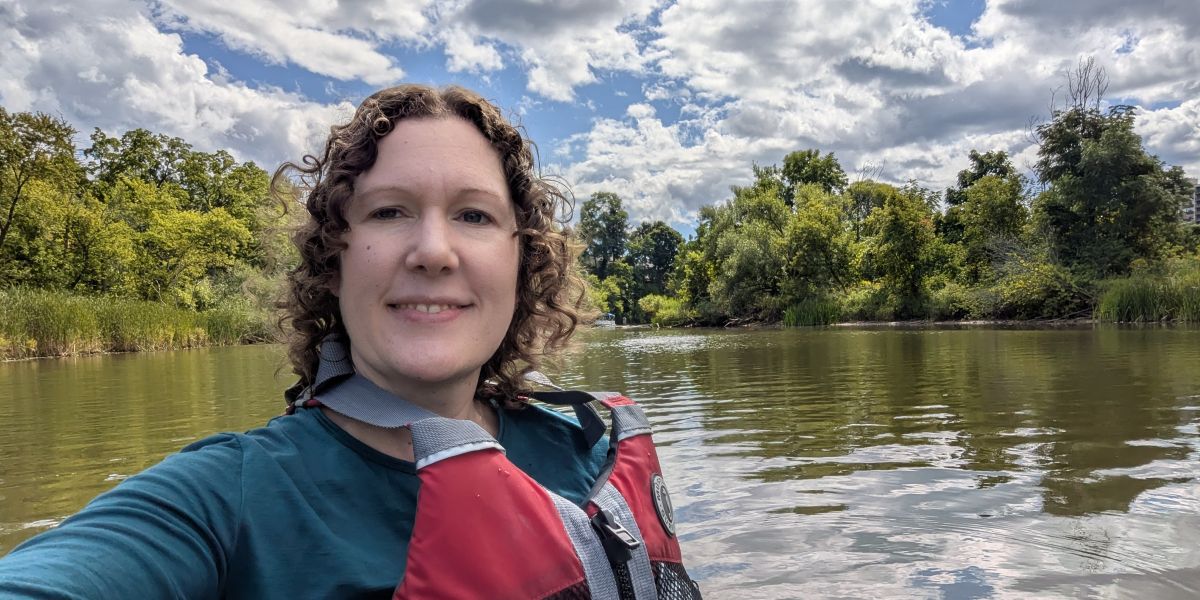5 Canadian Heritage Sites to Visit during Black History Month
![Uncle_Tom_s_Cabin_Aug_9.3[1] | Trans Canada Trail](https://tctrail.ca/wp-content/uploads/2018/02/Uncle_Tom_s_Cabin_Aug_9.31-948x383.jpg)
As we celebrate Black History Month across Canada, we are reminded of the incredible influence that people of African descent have left – and continue to leave – on the cultural fabric of our country. Their important legacy can be seen and felt in our communities, in our cities and on our trails.
From the paths used by former slaves to find freedom, to the schools and communities that welcomed them, we’re sharing five key sites on the Trans Canada Trail that highlight the importance of Black history in Canada.
St. Catharines, Ontario
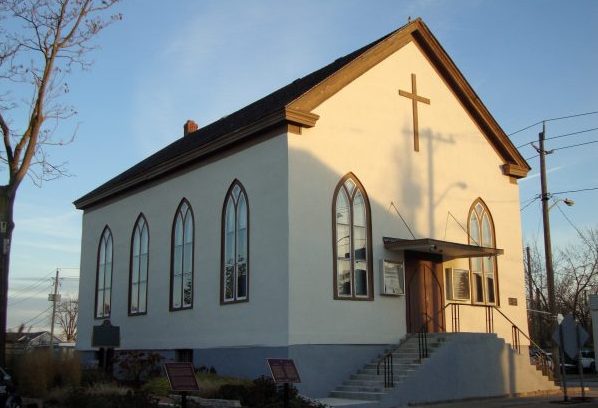
Photo: City of St. Catharines
Closely associated with the Underground Railroad, an anti-slavery resistance movement that helped slaves in the U.S. escape to Canada, Harriet Tubman is a true heroine of Black history. After achieving her own freedom from slavery in Maryland by fleeing to Canada, she later helped hundreds more slaves escape to Ontario. Fondly known as ‘Black Moses’, Tubman was famous for “never losing a passenger” and ensuring all fugitives who travelled with her arrived safely in St. Catharines – the last stop on the Underground Railroad.
Harriet Tubman’s legacy lives on in St. Catharines – she lived in the town for 10 years and regularly attended the local Salem Chapel, which still stands today.
Find the Trail: Laura Secord Legacy Trail
Uncle Tom’s Cabin Historic Site, Chatham-Kent, Ontario
![Uncle_Tom_s_Cabin_Aug_9.3[1] | Trans Canada Trail](http://thegreattrail.ca/wp-content/uploads/2018/02/Uncle_Tom_s_Cabin_Aug_9.31-e1518791614623.jpg)
Photo: Uncle Tom’s Cabin Historic Site
Said to have inspired the novel Uncle Tom’s Cabin by Harriet Beecher Stowe, this important site commemorates the efforts of Reverend Josiah Henson, a former slave who played a key role in Canada’s Black history. After escaping slavery in the U.S. via the Underground Railroad, Henson helped hundreds of slaves start new, free lives in Ontario by establishing a 200-acre settlement in Chatham-Kent. Henson later became a vocal advocate for Canada’s Black community, especially in the areas of literacy and education.
“The story of Josiah Henson provides a launching point that connects visitors to the horrors of slavery and allows us to explore the Ontario connection to American slavery,” says Steven Cook, site manager at Uncle Tom’s Cabin. “It was here that Henson achieved his most important work in co-founding a school for these fugitives from slavery, where they could learn new skills and flourish under the umbrella of freedom.”
Find the Trail: Chatham-Kent Trans Canada Trail
Buxton National Historic Site, Chatham-Kent, Ontario
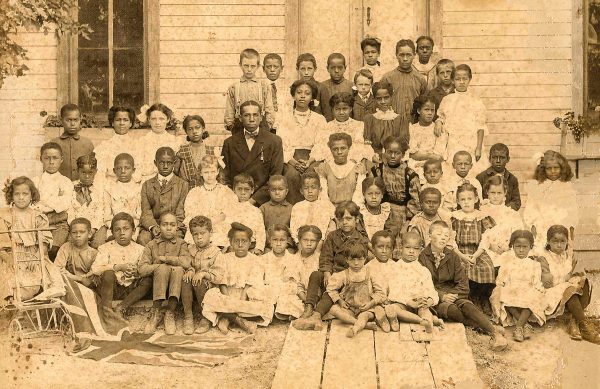
Photo: Buxton National Historic Site
Also close to Chatham-Kent’s section of the Trans Canada Trail is Buxton National Historic Site and Museum, a hugely important site in North American Black history. This museum is a tribute to the Elgin Settlement, the largest and most successful settlement of Black refugees in Ontario. It was established by Reverend William King, a former slave owner who became an abolitionist, who bought 9,000 acres of land in Ontario to create a haven for fugitive slaves.
Containing many original artifacts from the settlement, including a log cabin from 1850 and a school from 1861, it is a rich reminder of Chatham-Kent’s abolitionist past.
Find the Trail: Chatham-Kent Trans Canada Trail
Africville, Halifax, Nova Scotia
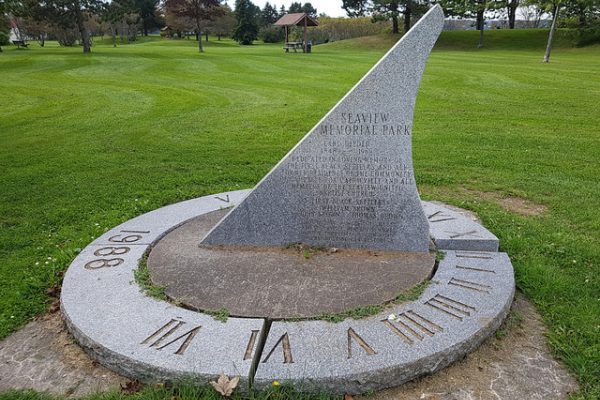
Photo: Fred (via Flickr)
The capital of Nova Scotia is rich in Black history. The province welcomed some 3,000 former slaves who fought for the British after the American War of Independence. Many of those people contributed greatly to the province’s legacy, including William Hall. A Black naval officer, Hall was the first Nova Scotian, the first Canadian sailor and the first Black person to receive the Victoria Cross for bravery.
This community’s fight to be welcomed and respected has not always been easy, however. In the 1960s, the small Black community of Africville was demolished and its inhabitants were relocated to public housing projects as part of government plans to redevelop the land for business and industry. In 2010, the Halifax Council made an official apology to Africville’s residents, and helped to establish a museum and a replica of the community’s church.
The Africville Museum in Halifax tells the story of this community and its amazing perseverance.
Find the Trail: Dartmouth to Halifax, Halifax Waterfront Boardwalk
St. Lawrence Hall, Toronto, Ontario
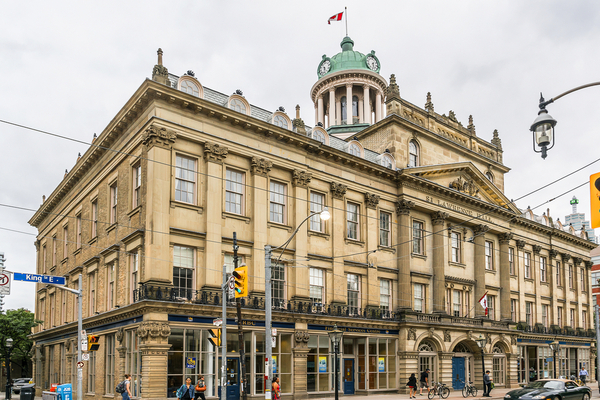
While Toronto may not have the same connection to the Underground Railroad as the towns of St. Catharines or Chatham-Kent, the city does have a clear link with Canada’s Black history.
In September 1851, St. Lawrence Hall hosted the ‘North American Convention of Colored Freemen’, a meeting where abolitionist leaders from Canada, the U.S. and Britain gathered to discuss how to end slavery. The meeting was significant, as it allowed anti-slavery activists to meet publicly without fear of violent reprisals south of the border.
The meeting also declared that Canada was the best destination for refugee American slaves. Today, this meeting is commemorated with a Parks Canada plaque.
Find the Trail: Toronto Waterfront Trail


